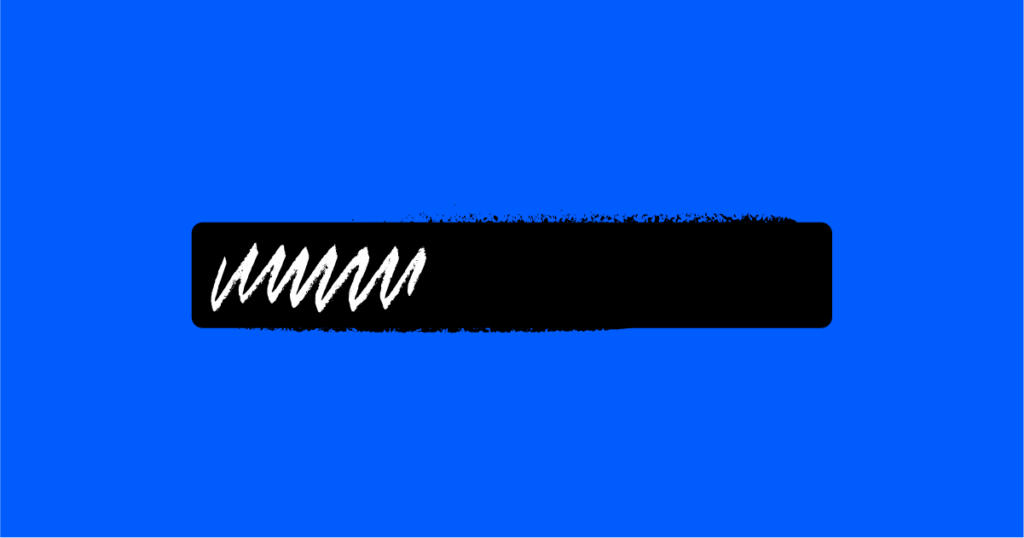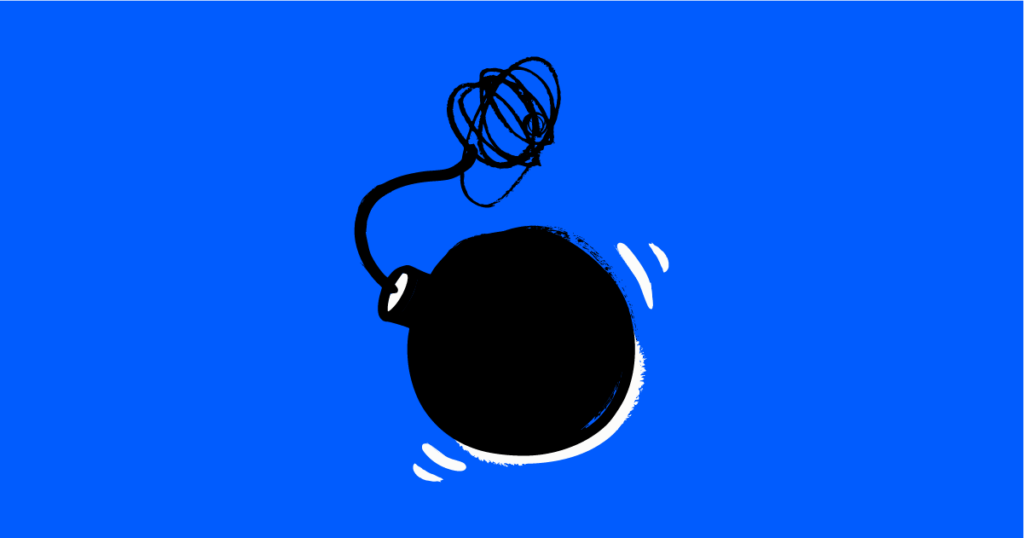Once upon a time, traditional design agencies were the best thing since sliced bread for growing businesses. Their design expertise, creativity and attention to detail meant that they could give brands a strong visual identity, and with that, they could take over the world…
But in recent years, everything has changed. As SaaS has revolutionized business as we know it, traditional design agencies have started to fall short (we’re not just saying that – a quarter of multinational brands believe that the current agency model is unfit for future purpose).
In spite of the many strong points traditional design agencies possess, why is there such a disconnect between what they can offer versus what scaling SaaS companies need?
We have some thoughts…
SaaS businesses move fast
SaaS solutions generally have aggressive growth strategies and practice a ‘test and learn’ approach that reflects their customers’ needs. The innovative nature of SaaS businesses mean that creative assets need to continuously evolve in order to align with business goals. Needless to say, speed and flexibility are crucial.
Traditional design agencies, on the other hand, are known for having lengthy turnaround times due to antiquated processes and multiple approval layers. While projects are typically delivered in agreed timeframes, issues can quickly arise if scope changes or revisions are needed (which is par for the course in SaaS marketing!)
The SaaS market is fiercely competitive
SaaS is scrappy. Even the most niche SaaS solutions have multiple competitors that are hot on their heels trying to prove that their platform is cheaper, faster, and better than the next (who doesn’t love a good platform comparison graphic?!)
So in order to really appeal to your target audience, market differentiation is a must. Disruptive, uber-relevant creative is often the difference between standing out and fading into the generic SaaS background.
As traditional design agencies cater to a broad range of industries, they can struggle to grasp the intricacies of the SaaS industry as well as the complexities of different solutions. As a result, their ability to deliver messaging and visuals that truly align with the brand’s uniqueness is limited. If creative doesn’t resonate with customers’ pain points and challenges, results are typically lukewarm.
SaaS businesses prefer collaboration
SaaS businesses strive to nurture a culture of collaboration, where ideas are encouraged, and teamwork is celebrated. Cross-functional collaboration is also very common when it comes to creative, with marketing and sales working together (peacefully, for the most part!) on campaigns where they both have a vested interest.
However, this type of ongoing collaboration is rarely mirrored when SaaS businesses work with traditional design agencies. Agencies may struggle to adapt to the dynamic nature of SaaS projects, leading to miscommunication and lack of creative synergy. Ideally, design agencies should view SaaS businesses as partners, but all-too-often they end up feeling like transactional clients.
SaaS businesses don’t have unlimited budgets
When it comes to SaaS, even the fastest-scaling businesses like to keep things as lean as possible. In simple terms, they tend to have a lot to do with a limited budget. What’s even more important is that they have a clear understanding of costs upfront, with no hidden fees.
Traditional design agencies tend to charge for their services based on projects, meaning that clients pay for each design job separately. General or vague quotes may be shared before projects kick off, but when final bills land, they are often much higher than what was originally agreed. This generally comes down to additional charges for every interaction (calls, meetings, etc.), or changes to scopes/revisions, etc. Ultimately SaaS businesses can’t be sure what design projects will cost until they are complete, which makes it challenging to forecast and set marketing budgets.
SaaS businesses need data to thrive
SaaS marketing heavily relies on data-driven strategies for effective decision-making. By looking at specific data, you can discover your customer’s motivations, behaviors and preferences. You can then leverage these insights, producing creative that really hits the mark in attracting, converting, and retaining customers. Furthermore, data can also be used to determine exactly what creative collateral is being deployed by the business, what impact is being seen by these assets, and how long on average it takes to produce them. From here, the ‘how long is a piece of string’ project-based pricing conundrum can easily be resolved.
The challenge for traditional design agencies is that they may not possess the necessary analytical expertise to align designs with data insights, and this often results in less effective marketing materials and wishy-washy pricing models.
Connecting the creative dots
SaaS businesses need creative solutions that are tailored specifically for SaaS – it really is as simple as that. Their creative partners should be their pacemakers, the people who deeply understand their unique challenges, embrace data-driven strategies, and deliver designs that resonate with their target audience.
By embracing more adaptable and specialized design solutions, SaaS businesses can ensure that their creative output remains cutting-edge, effective, and ahead of the competition in this dynamic industry.
Discover how we’ve developed a unique, data-driven approach with Smarter Creative to efficiently create and refine high-quality creative assets for fast-growing SaaS businesses, reducing costs and improving results over time. Book a call with the Perpetual team today.




